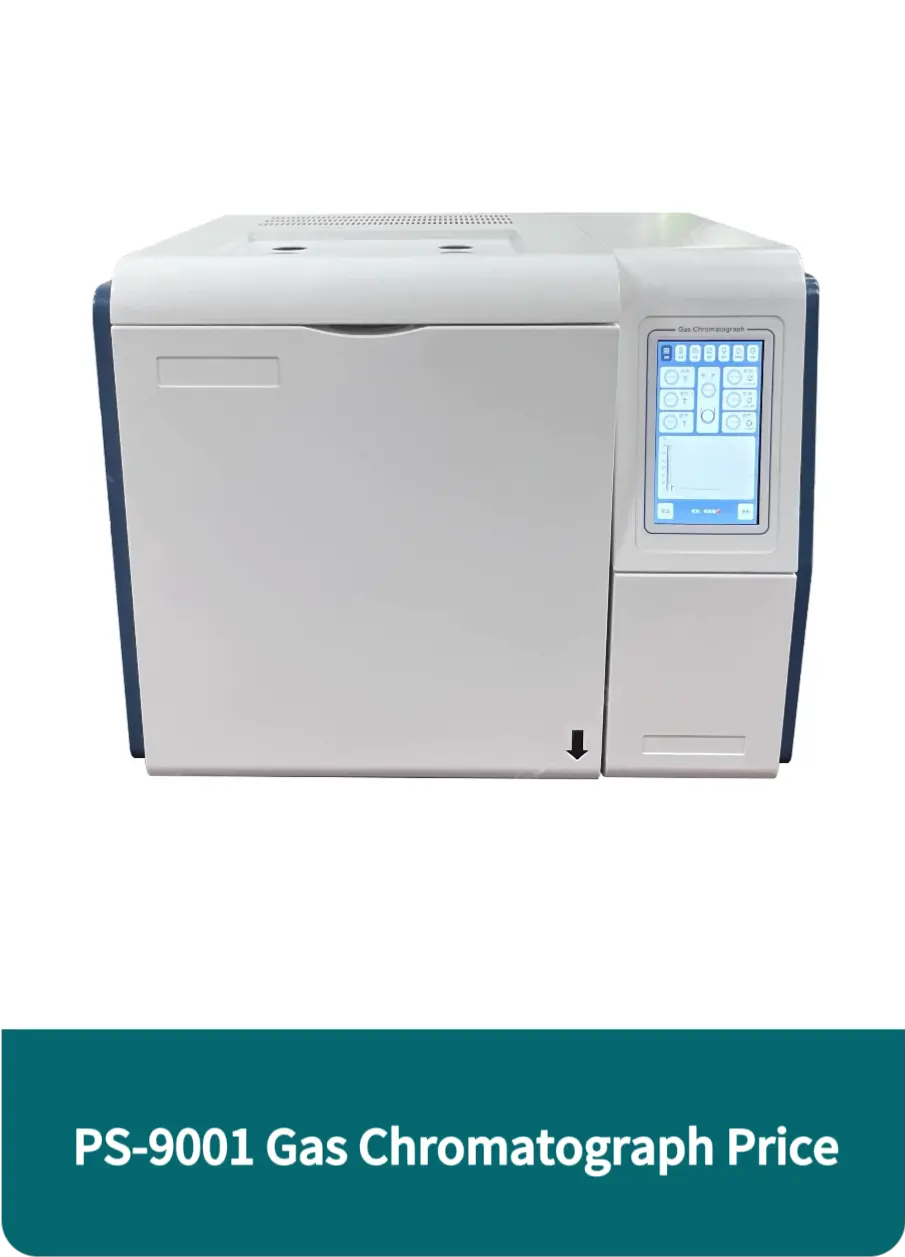 English
English


toroidal transformer testing
Testing Toroidal Transformers Ensuring Efficiency and Reliability
Toroidal transformers are increasingly gaining popularity in various applications due to their compact size and enhanced performance characteristics. Unlike conventional transformers, toroidal transformers feature a doughnut-shaped core, which offers several advantages, including reduced electromagnetic interference (EMI), lower magnetic leakage, and improved efficiency. However, to ensure these advantages are realized in practical applications, rigorous testing of toroidal transformers is essential.
Importance of Testing
Testing is a crucial phase in the lifecycle of any electrical component, and toroidal transformers are no exception. Effective testing helps manufacturers identify potential defects, assess performance, and ensure compliance with industry standards. Additionally, testing guarantees that the transformers will operate efficiently under specified conditions, minimizing the risk of failures and extending their lifespan.
Types of Tests
Several tests can be conducted on toroidal transformers, each focusing on different aspects
1. Electrical Tests These tests assess the electrical characteristics of the transformer, including turns ratio, insulation resistance, and winding resistance. The turns ratio is particularly important as it determines the voltage transformation capability of the transformer.
2. Temperature Rise Tests Since transformers generate heat during operation, temperature rise tests are crucial to ensure that the toroidal transformer can operate within safe limits without overheating. This test typically involves running the transformer under full load and measuring the temperature over a specified period.
toroidal transformer testing

3. Short-Circuit Tests These tests evaluate the transformer's ability to withstand fault conditions. By simulating a short circuit, testers can assess the transformer’s response to potential overload scenarios and ensure that it is designed to handle transient conditions effectively.
4. Noise and Vibration Tests Toroidal transformers are known for their quieter operation, but noise and vibration levels should still be measured to ensure compliance with industry standards. Excessive noise or vibration could indicate underlying issues, such as winding imbalances or loose components.
5. Efficiency Testing The efficiency of a transformer is a critical measure of its performance. Testing is conducted to quantify the efficiency at various loads and determine whether the transformer meets its rated specifications.
Compliance with Industry Standards
In many regions, toroidal transformers must comply with specific industry standards, such as IEC, UL, or EN standards. These standards help ensure safety, performance, and reliability. Testing laboratories often perform multiple tests to guarantee compliance, further assuring the end-users of the transformers’ quality.
Conclusion
In conclusion, the testing of toroidal transformers is essential for ensuring their efficiency, safety, and reliability in application. With various testing protocols available, manufacturers can effectively assess the performance and quality of their products. This not only helps prevent potential failures but also enhances the overall satisfaction of users who depend on these electricity-conducting components in their devices. As technology continues to evolve, ongoing research and testing innovations will be crucial for improving toroidal transformer designs and ensuring they can meet the growing demands of modern applications.
-
Differences between open cup flash point tester and closed cup flash point testerNewsOct.31,2024
-
The Reliable Load Tap ChangerNewsOct.23,2024
-
The Essential Guide to Hipot TestersNewsOct.23,2024
-
The Digital Insulation TesterNewsOct.23,2024
-
The Best Earth Loop Impedance Tester for SaleNewsOct.23,2024
-
Tan Delta Tester--The Essential Tool for Electrical Insulation TestingNewsOct.23,2024





